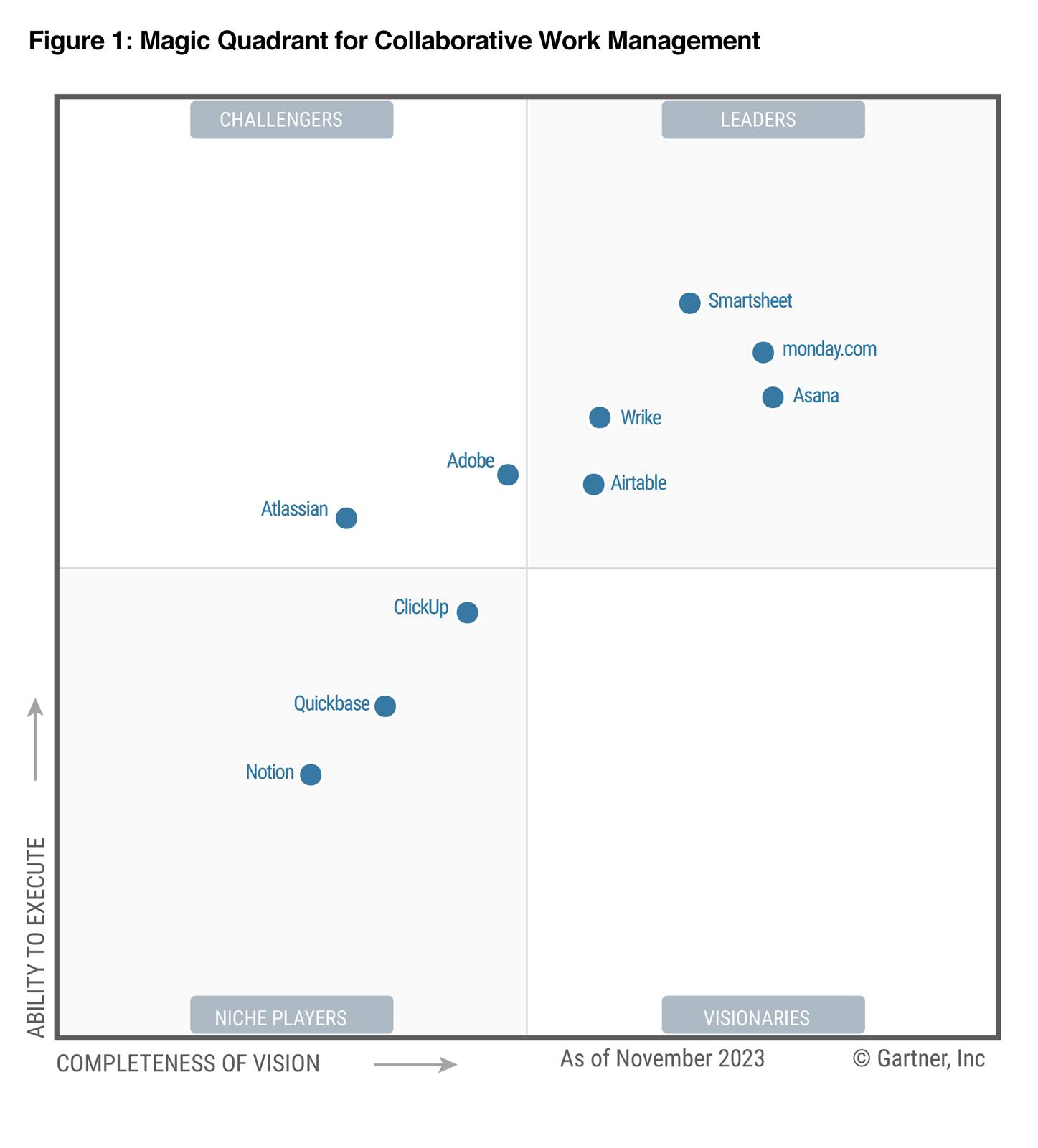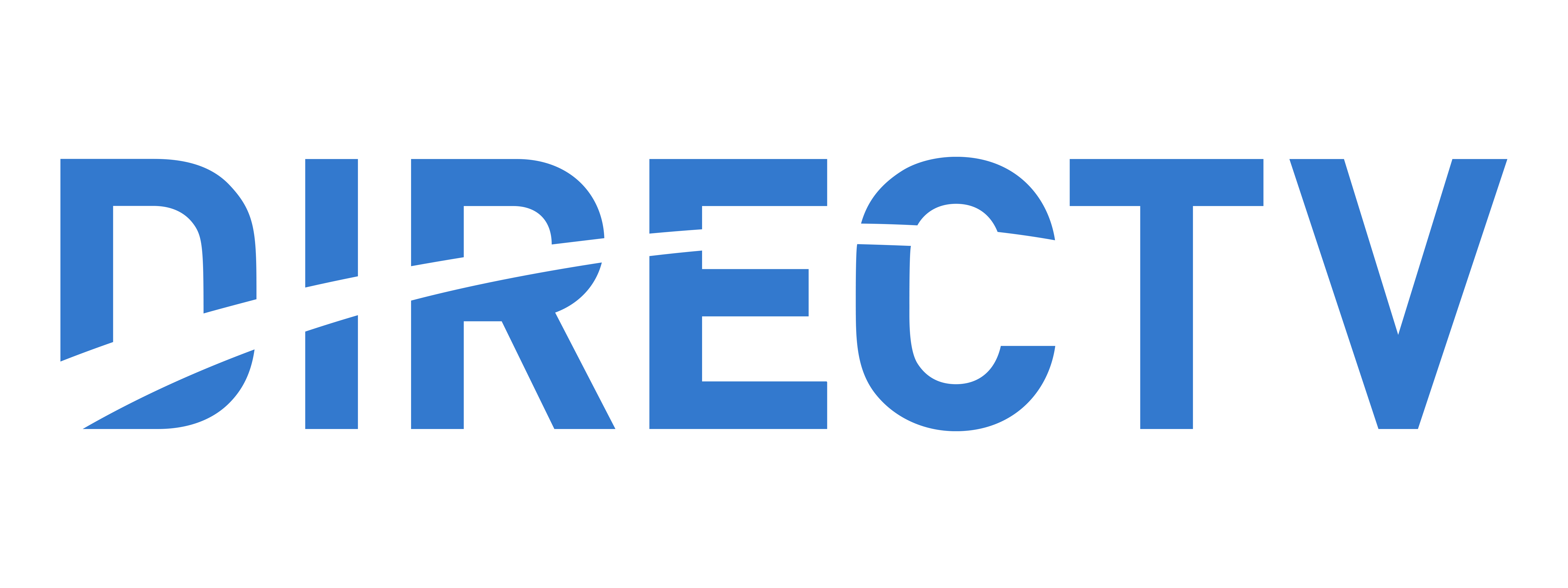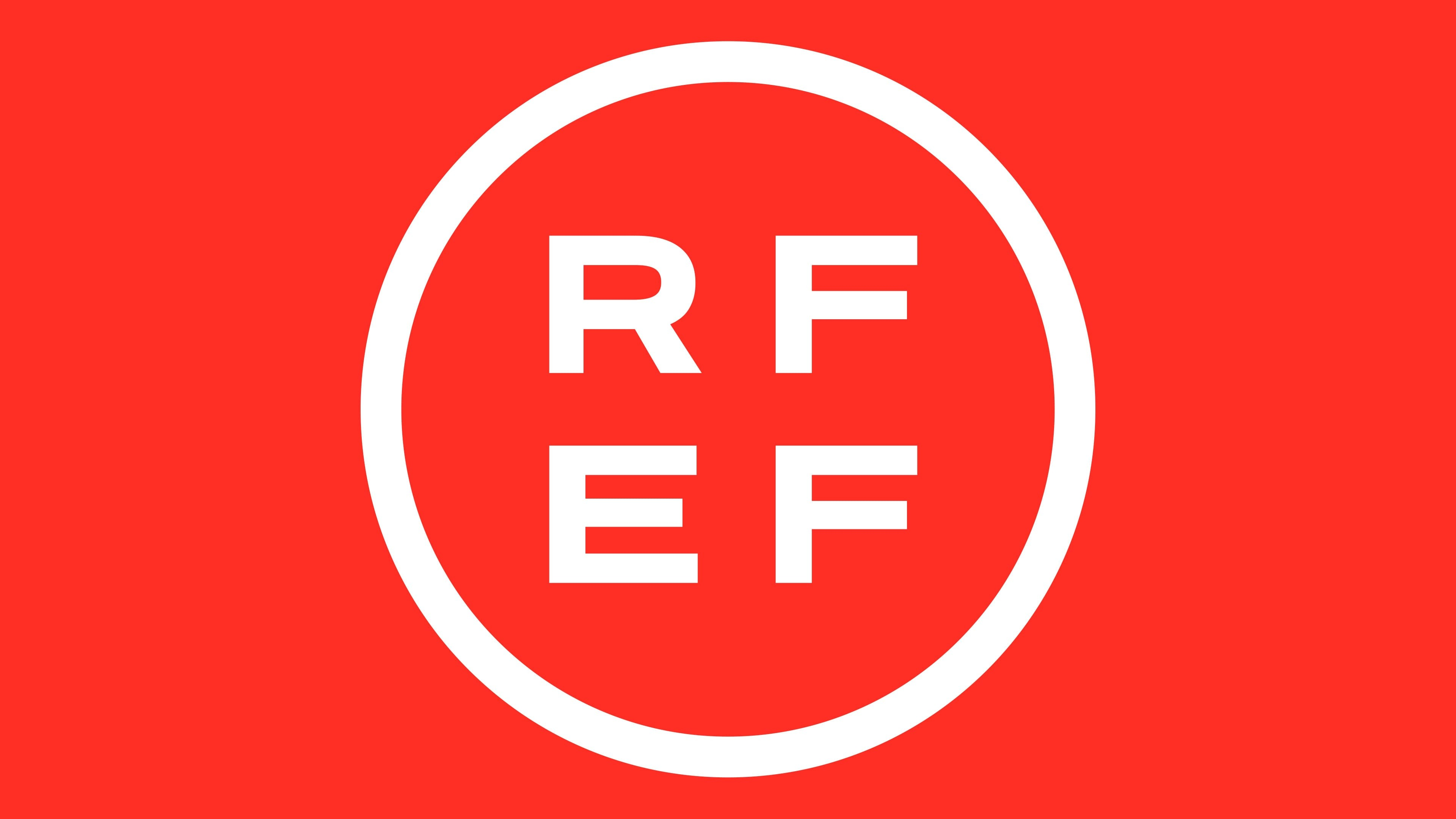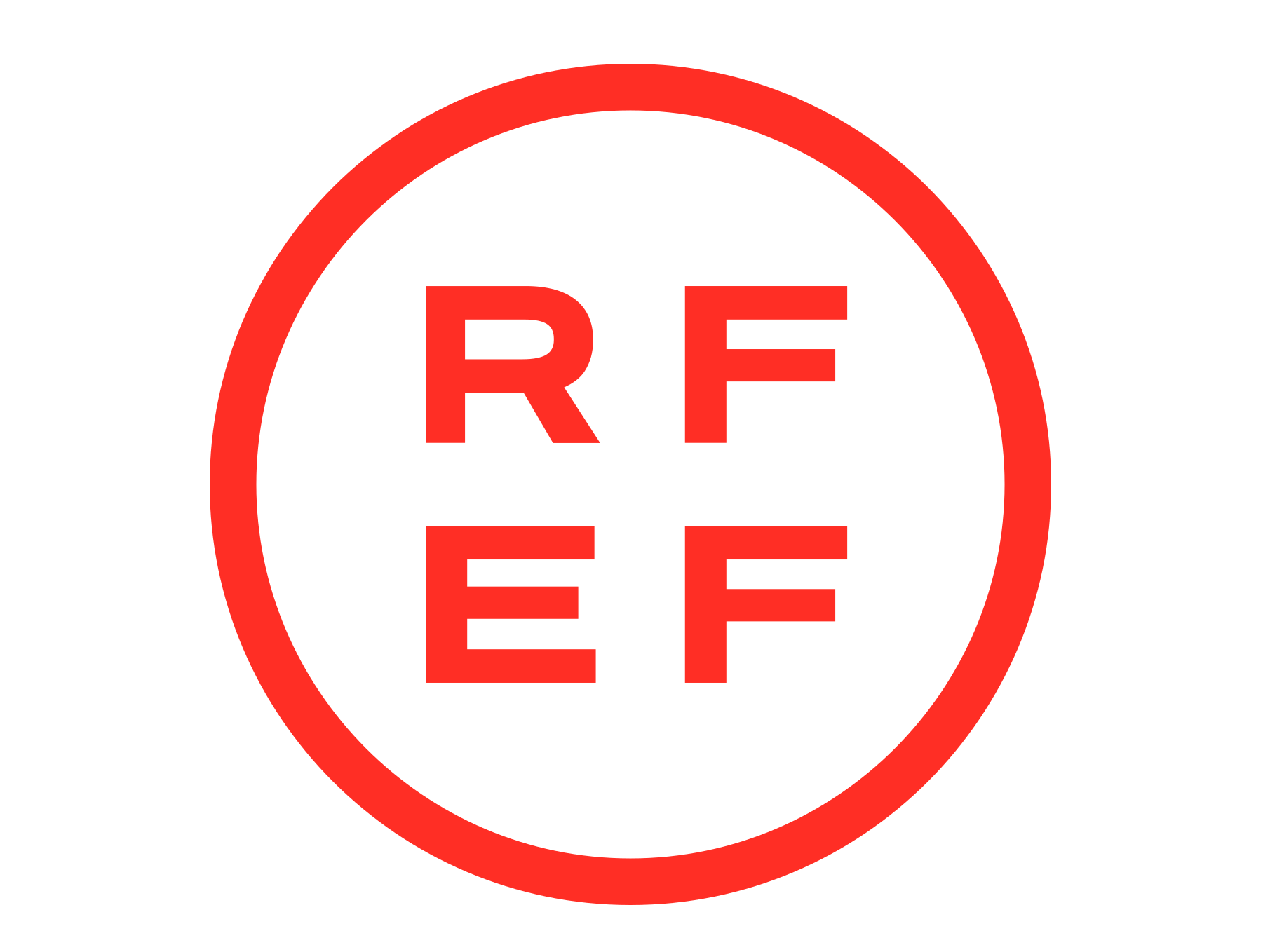Smartsheet Platform for Strategic Transformation
Pioneer new ways of working. Reimagine the way your teams operate.

Strategic Transformation fundamentals

FAQ
What is Strategic Transformation?
The implementation of large, cross-functional projects and programs to deliver strategic priorities, enterprise-wide efficiencies, or a change in business strategy. Strategic transformation often involves collaboration throughout the entire organization, and aligning work across internal and external people, processes, and technology.
Transformation starts with strategic planning, shifts into cross functional resourcing, and ultimately succeeds or fails within execution and implementation. While many platforms exist that can address different elements of this workflow, Smartsheet takes a holistic approach that includes dedicated consideration for each phase of strategic planning, due diligence, execution, and continuous improvement.
Companies invest significant effort into creating a well-considered strategic plan, but often those transformative plans miss the mark in implementation. Similarly; many vendors provide extensive structure for locking items like OKRs or top line goals, but leave questions about HOW unanswered. Execution can’t be an afterthought with cross functional cooperation and impact at the heart of Strategic Transformation.
Fundamentals of PPM will always be a part of any large scale organizational change. A series of projects and programs lead to a significant re-alignment and mobilization across your workforce. Strategic Transformation typically emerges as a company grows and matures their PPM execution.
Initially, companies focus on managing projects. As companies grow, it becomes necessary for those projects to ladder up to a portfolio. And once a certain level of sophistication or scale is reached, organizations will need to create a Strategic Transformation Office to drive higher level priorities or strategic pivots.
Transformation teams differ from PMOs (“project management offices”) in two important ways: audience and impact. Transformation programs are intentionally run by a distinct set of executive-level stakeholders, accountable to a higher-level audience (often the C suite and board), and they are empowered to pull the business into bold new directions – very different from the projects and stakeholders that support the “day to day” work that takes place within departmental PMOs.



